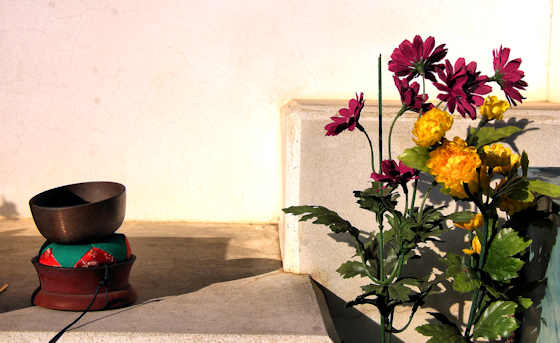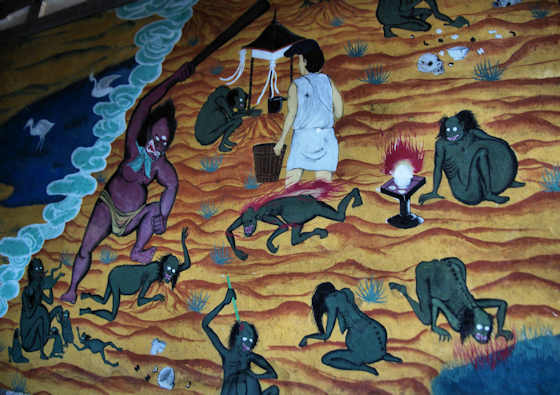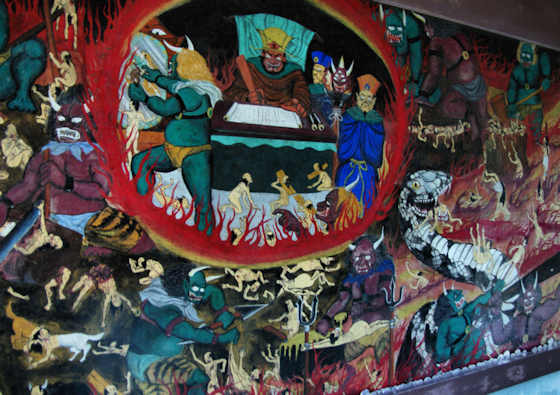Wednesday, March 29, 2023
Monjuin Temple & Emon Saburo
Saturday, January 28, 2023
Yasakaji Temple 47 Shikoku Pilgrimage
Yasakaji Temple 47 Shikoku Pilgrimage
Yasakiji Temple, number 47 on the 88 temple Shikoku pilgrimage, is located at the base of the foothills to the south of Matsuyama City and is just a short walk from the previous temple, Joruriji Temple.
Said to have been founded in 701, it is unusual in that the founder is said to be En no Ozuni, sometimes known as En no Gyoja, the legendary founder of Shugendo. Most of the temples claiming origins before Kobo Daishi tend to claim Gyoki as their founder.
Many historians believe that the Shikoku ohenro was created by numerous smaller Shugendo pilgrimage routes being connected together.
Yasakaji is also often connected to Emon Saburo, the legendary "first" pilgrim who walked around Shikoku numerous times attempting to catch up with Kobo Daishi.
Not far from Yasakaji is Monjuin, a temple believed to be Saburo's family temple, and now one of the 20 extra "bangai" temples, so I will do a fuller account of the Emon Saburo story when I cover Monjuin in the next post in the series....
Connecting the main hall and the Daishido are two passages covered in murals, the way of heaven, and the way of hell.
These last three shots depict scenes from various Buddhist "hells".
Saturday, August 6, 2022
Fudo Myoo at Iwaya-ji Temple
Thursday, August 4, 2022
Iwayaji Temple 45 on the Shikoku Ohenro
Tuesday, August 2, 2022
Cimbing Up to Iwaya-ji Temple in Winter
Saturday, August 21, 2021
Meiseki-ji Temple 43 Shikoku Pilgrimage
Saturday, October 10, 2020
Kanjizaiji Temple 40 on the Shikoku Pilgrimage
The buildings are all fairly modern reconstructions, though the nio guardians are obviously much older.


































































